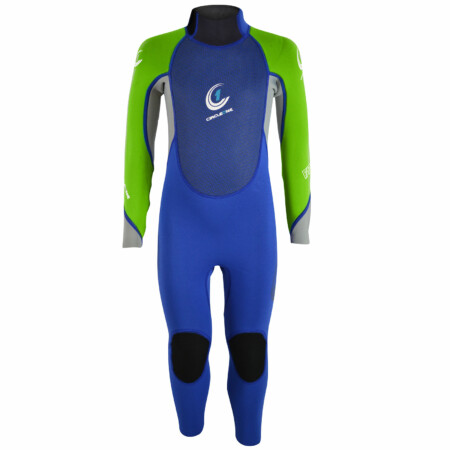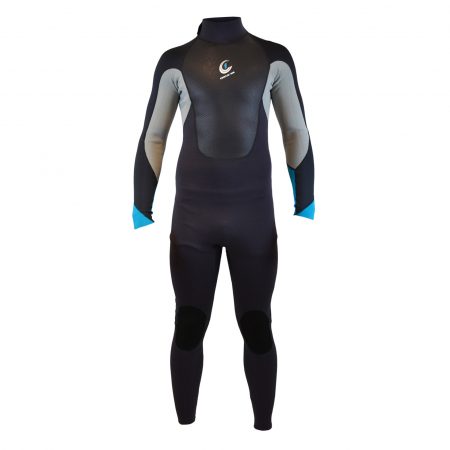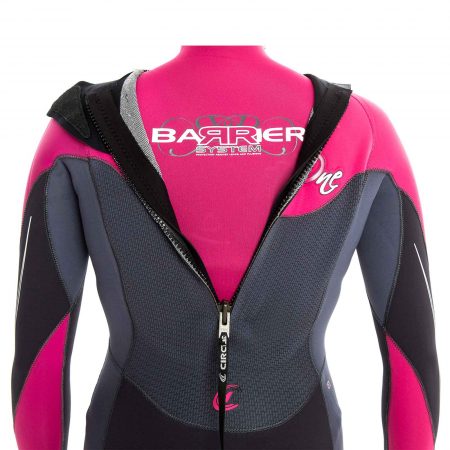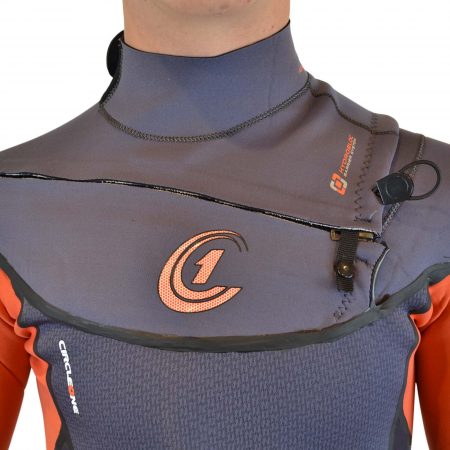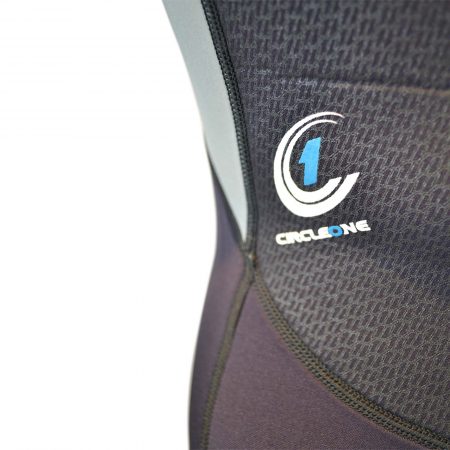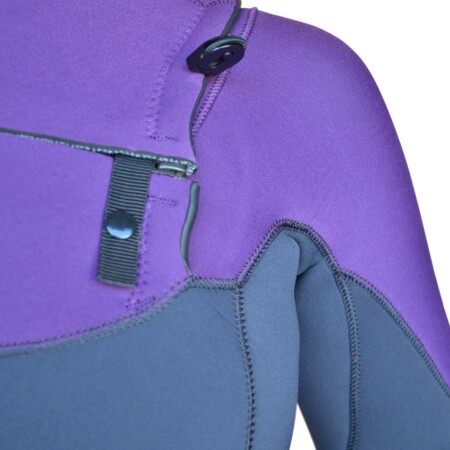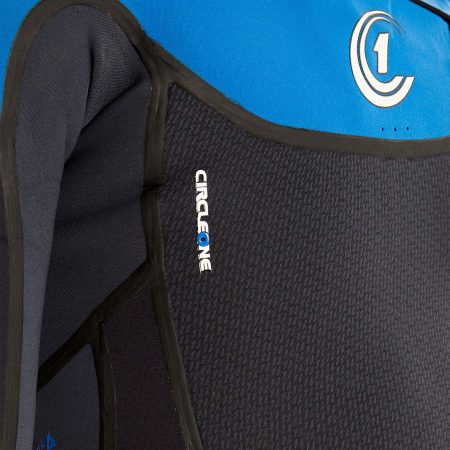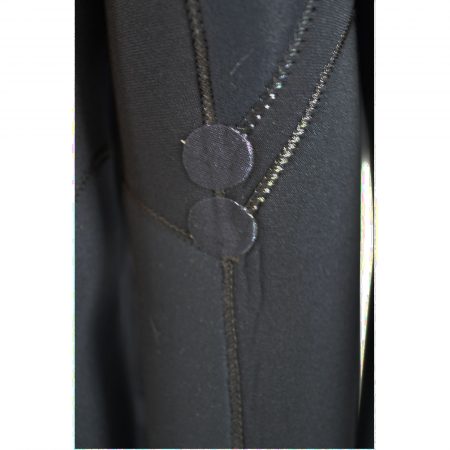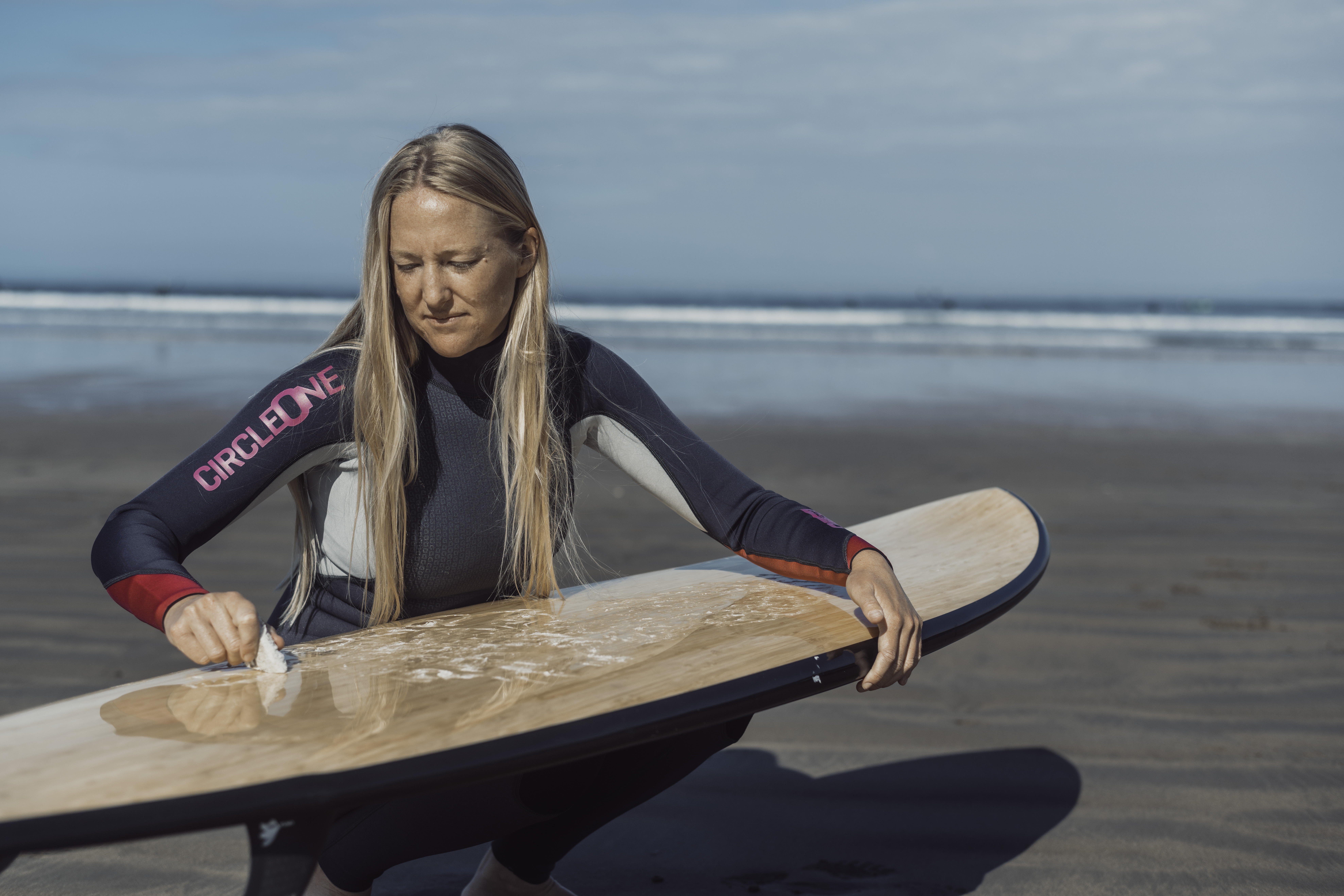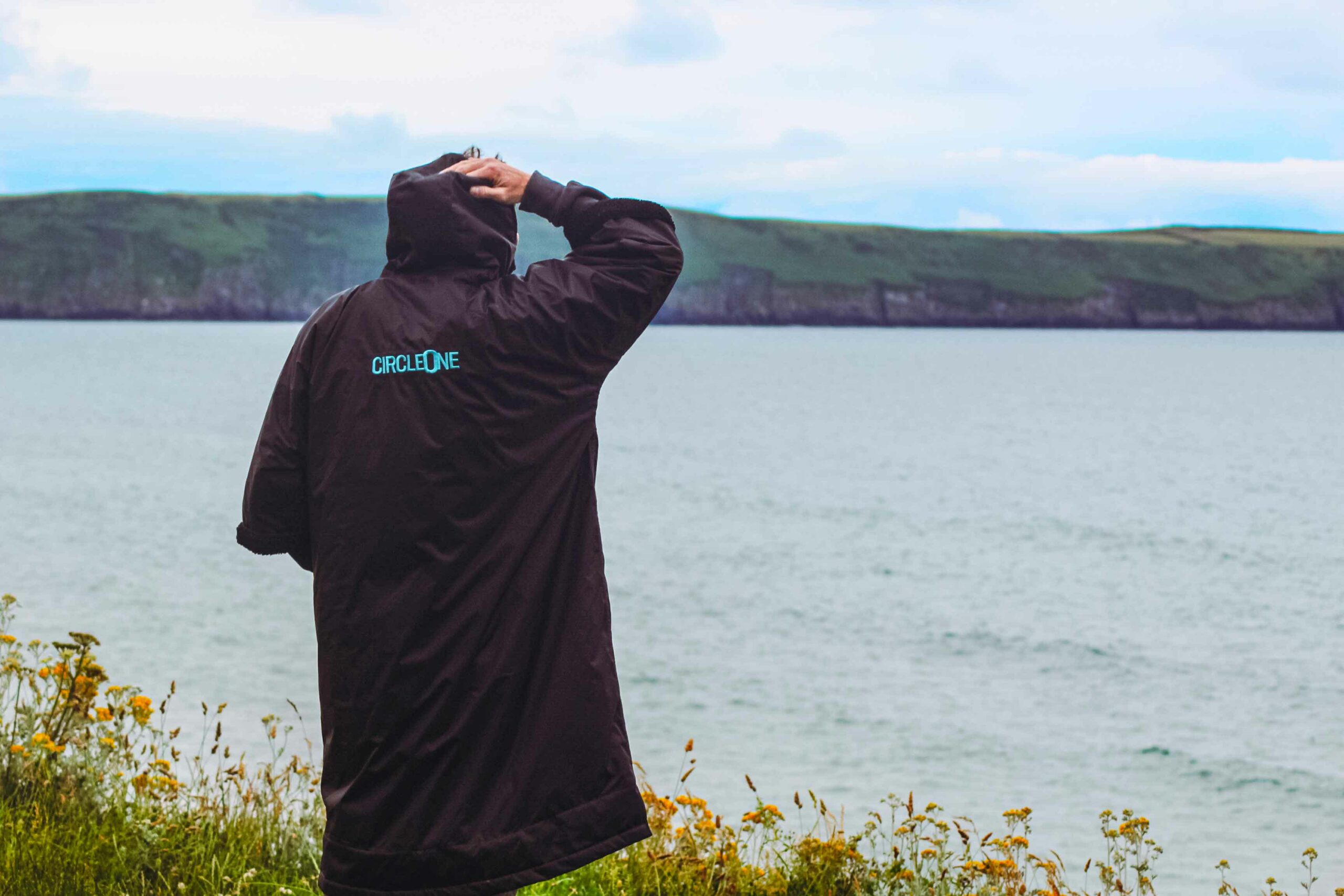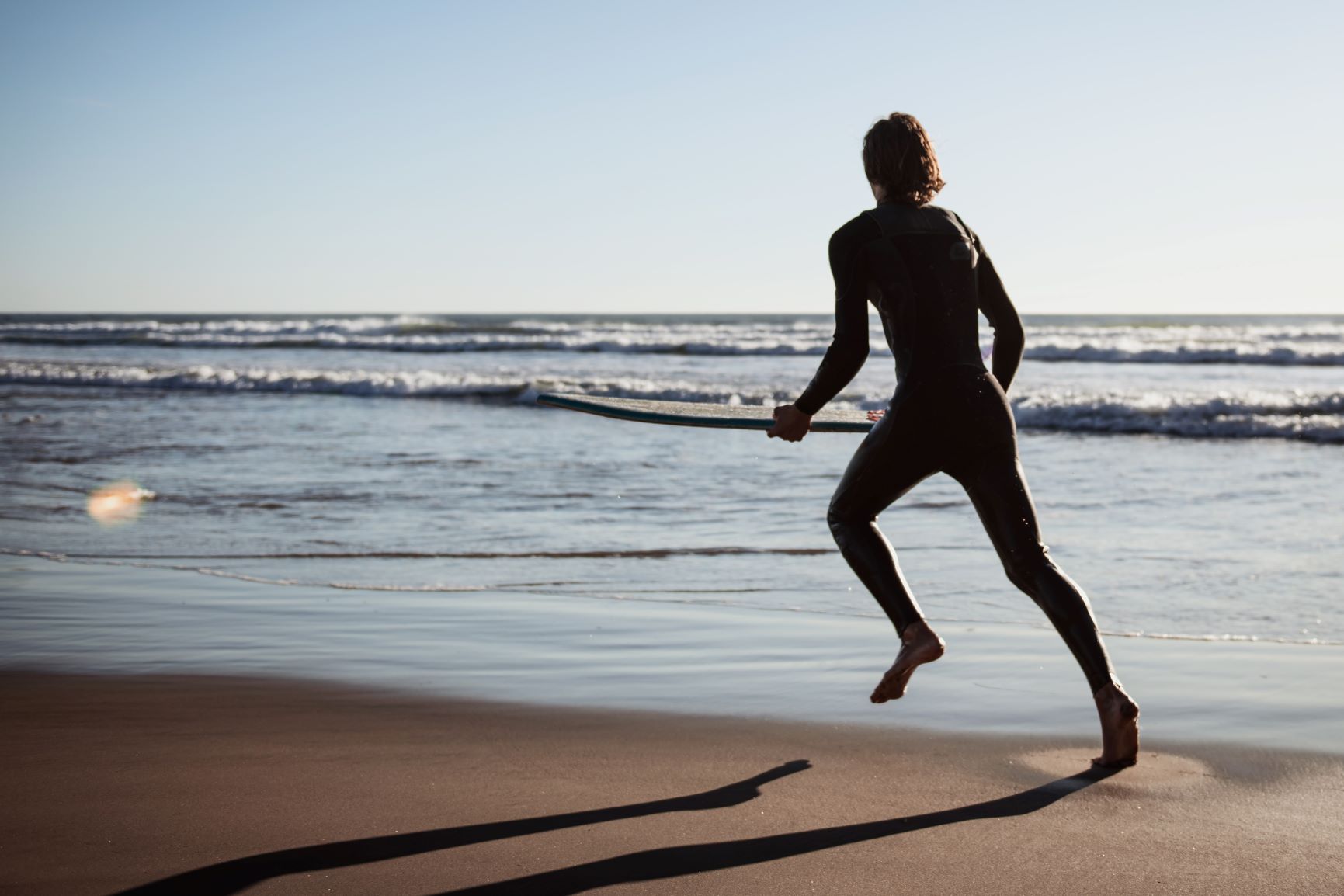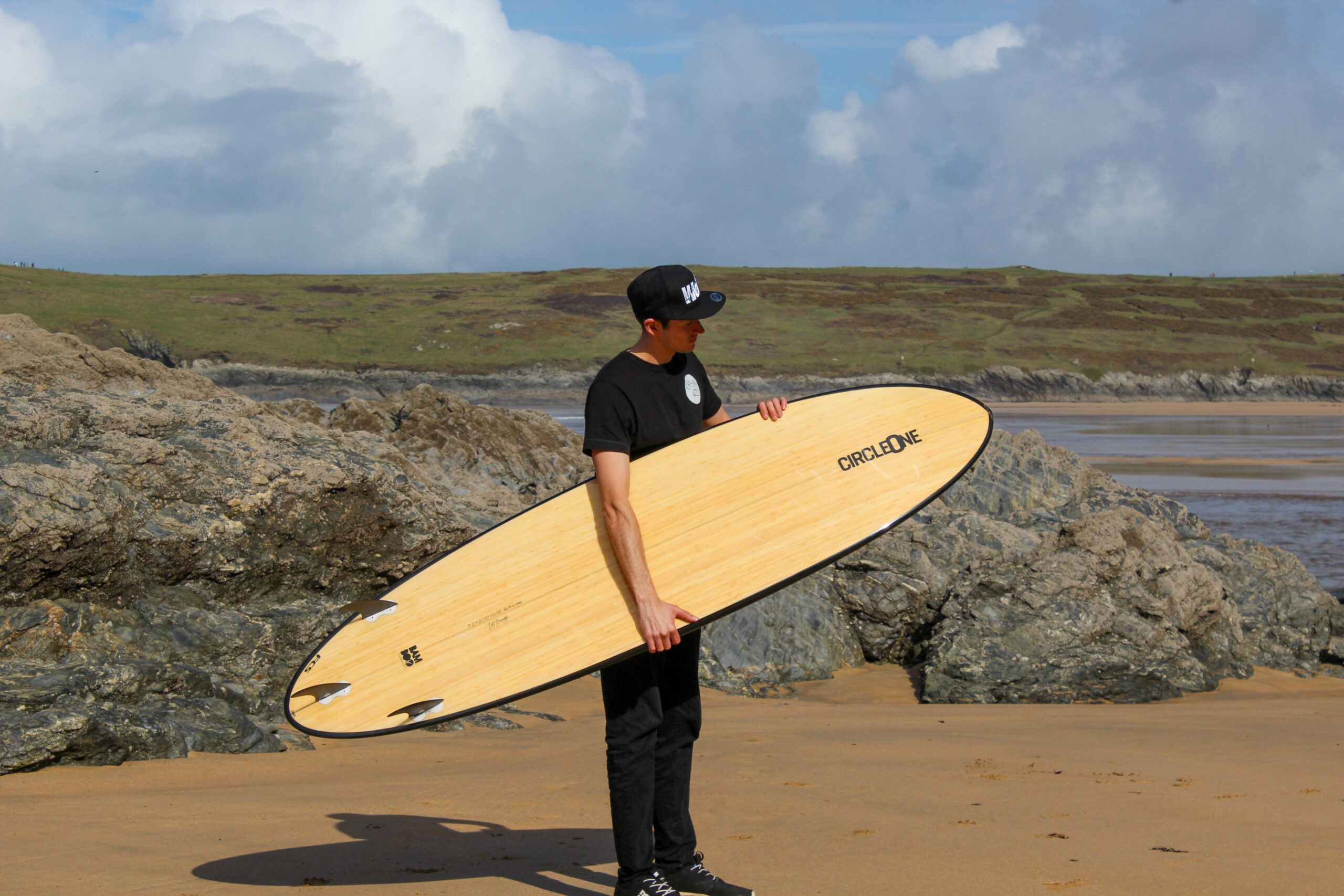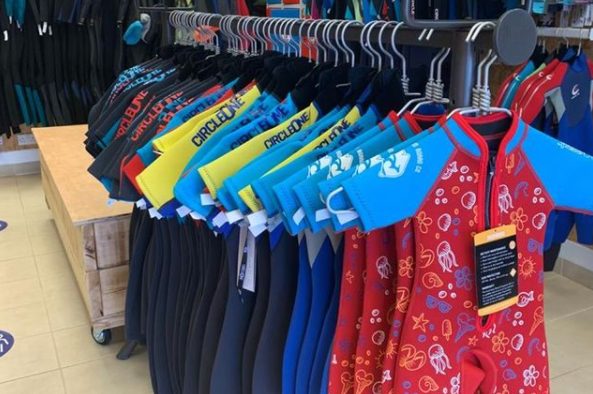The Ultimate Guide to buying a summer wetsuit is here! The sea is starting to warm up, the sun occasionally pokes its head out from behind the clouds, and we have what you need to make the most of the sea and coast this summer! With a range of summer wetsuits from shorty suits to full length and technical wetsuits, for adults and kids, we can help you find what you need.
Wetsuits are designed to keep you warm in cooler water by trapping a layer of water between your skin and the neoprene layer, which is heated up by your body temperature to create a warm layer. The neoprene also protects you to some extent when doing watersports such as protecting your knees when surfing. It is important to choose a well-fitting wetsuit which is tight enough to keep the warm water in and not let new cold water in. Ideally you should try on any wetsuit you want to buy, or measure yourself carefully and use our size guides to find your perfect fit.
Shorty or Full Length Wetsuit?
A full length wetsuit has long sleeves and legs so you are covered apart from your head, hands and feet. A shorty wetsuit generally has short arms and legs, although there are various combinations of long arms with short legs or long legs with short arms too. One of the more popular is a Long John Wetsuit which has long legs but is sleeveless. This makes it ideal for paddlesports or swimming as you get a lot better range of motion in your shoulders and arms.
With a full length suit, they generally come in different thicknesses e.g. 3/2mm or 5/4/3mm. The highest number is the thickness of neoprene on the torso area of the wetsuit to keep your vital organs and main body warmest in the water. The lowest number is the thickness on the arms and sometimes legs of the wetsuit, for greater flexibility and movement in those areas. When there are three different thicknesses then the middle value is usually the thickness of neoprene on the legs.
For a summer wetsuit, most people would opt for a 3/2mm full length wetsuit, or a shorty wetsuit. A shorty offers more flexibility when it is warm and is smaller to carry and take on holiday. They are great for kids to play around on the beach as they are UV protective to 50+. They offer some warmth in the sea but not too warm when on the beach so can be worn all day. A full length wetsuit is better when surfing or coasteering as it offers some protection to your knees against the surfboard or rocks, and is a lot warmer for long periods of time in the water.
Our Summer Shorty Wetsuits:
- Pulse Men’s Summer Shorty Wetsuit
- Pulse Women’s Summer Shorty Wetsuit
- Pulse Kid’s Summer Shorty Wetsuit
- Pulse Toddler Summer Shorty Wetsuit
- Pulse Baby Summer Shorty Wetsuit
What Thickness of Wetsuit?
The main factor to determine how thick the wetsuit you should get is the water temperature which you would like to use it in. Below is our general guidance to which thickness of wetsuit you should go for based on water temperature. You can find this out on most weather forecasts for the sea in the UK and abroad, or by searching for it online.
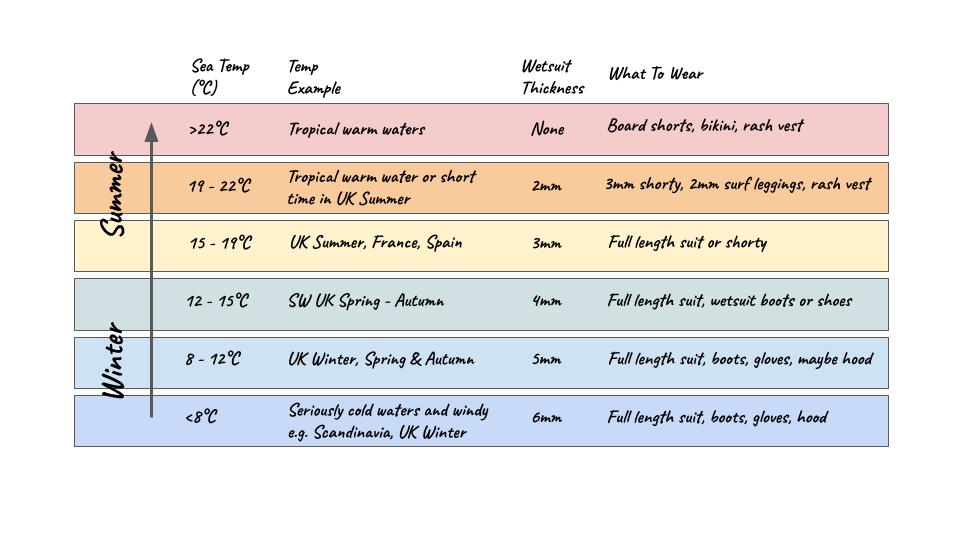
Of course individuals are all different and you may be a hot or a cold person, in which case you might want to go thicker or thinner. For a summer wetsuit in the UK, a 3mm full length wetsuit is a good balance and will be perfect from June – October, especially on the South Coast or in the South West for adults or kids. If you feel the cold more, or are using it in the North of the UK or Scotland, then you may opt for a 4mm or even a 5mm suit instead all year round. A 4mm is generally a good medium ground between not too warm in mid-summer but protects more than a 3mm in colder waters.
Wind chill may also be a factor if you are using the suit for watersports such as kitesurfing, sailing or windsurfing. The thicker the wetsuit, the better the barrier against the wind, but you can also look for special features such as a barrier system or hydrophobic chest & back panels which cut wind chill and are features of our Elev8, Icon and Diva wetsuits.
Our Summer Full Length Flatlock Wetsuits
- Faze Men’s Summer 3/2 mm Wetsuit
- Faze Women’s Summer 3/2 mm Wetsuit
- Faze Kid’s Summer 3/2 mm Wetsuit
- Faze Toddler Summer 3/2 mm Wetsuit
Back Zip, Chest Zip, Zipless?
This is generally a personal preference of what entry system you would like. A back zip is traditional and has the largest opening so are often the easiest to get on and off. However, they can be tricky to do up yourself, are less flexible around the zip in the back, and often have a looser neck fastening so may let in more water. Chest zip and zipless wetsuits have a smaller opening to get in to, so those with bigger hips and thighs can struggle to get them on and off. Once on, however, they have less points at which water can enter the suit and a better seal so are warmer. They are both more flexible to wear and move around in, with the zipless suits offering the best comfort with no zips to rub to create inflexible points.
- Back Zip
- Chest Zip
- Zipless
Our Top Picks for Summer Adult Wetsuits:
- Men’s Chest Zip Elev8 3/2 mm Summer Wetsuit
- Women’s Back Zip Diva 3/2 mm Summer Wetsuit
- Men’s Pro Zipless 3/2 mm Wetsuit – Currently on Sale!
- Men’s Icon Back Zip 3/2 mm Wetsuit
- Women’s Faze Back Zip 3/2 mm Summer Wetsuit
Wetsuit Seams & Stitching
A very important factor in wetsuit construction which affects the performance and durability of a suit as well as the price, is how the neoprene panels are stitched or glued together along a seam. Obviously the seams can be the key point of weakness of a wetsuit, and where water can be let in and make you colder. There are four methods of stitching and connecting seams in wetsuit construction:
- Overlock stitching – the simplest way of attaching two pieces of neoprene together and used mostly just in cheap wetsuits. The two edges of the neoprene panels are stitched together along their edges. This causes a raised ridge along the inside of the suit which can rub, isn’t very flexible and is the least effective at keeping water out.
- Flatlock stitching – the two pieces of neoprene are overlapped instead to create a flat seam. Zig zag stitching is used to hold the two pieces together, creating a flexible seam which can only be used up to 3mm in thickness, so is used often on summer wetsuits. It is breathable and cooler when not in the water, however, water will be able to get through the seam so not the best choice for ultimate warmth in the water.
- Glued & blind stitched seam – the pieces of neoprene are first glued together to create a watertight seam, and then stitched only halfway through the neoprene over the seam to hold it stronger. As no holes are made all the way through the neoprene, minimal water can get in so the water that gets trapped inside stays warm so you do too!
- Full liquid seal – a special liquid rubber is applied to each side of the glued together panels along the seam to create a 100% watertight seal. This offers the most watertight, flexible and strong seam you can get on a wetsuit.
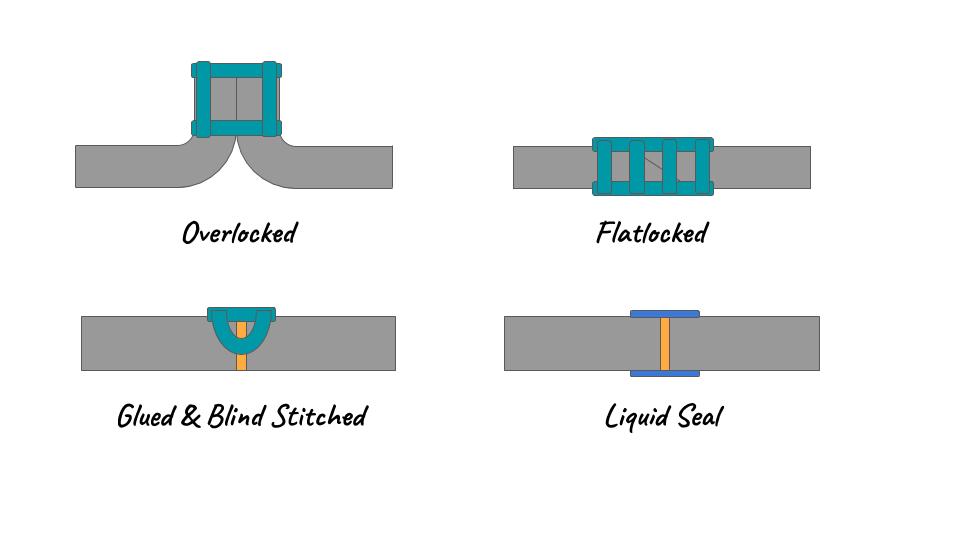
So a 3mm wetsuit with glued & blind stitched seams or a liquid seal will be warmer than one that is flatlocked. So instead of opting for thicker neoprene, you can choose a higher quality seam instead to provide extra warmth if you feel the cold. Some suits you will also see additional taping of seams, or liquid seals being added to glued and blind stitched seams to create a stronger seal. All of this increases the durability of the wetsuit seams, as well as providing a stronger barrier against water flushing.
- Flatlock
- Glued & Blindstitched
- Full Liquid Seal
- Spot Taping on Seam
You can browse our full range of adults and kid’s wetsuits here. Once you’ve picked your perfect wetsuit, take a look at out guide to wetsuit care to look after your wetsuit and keep it lasting as long as you can!



